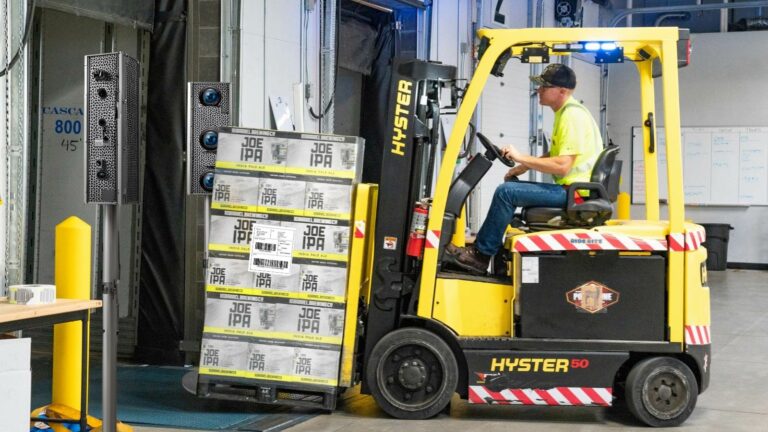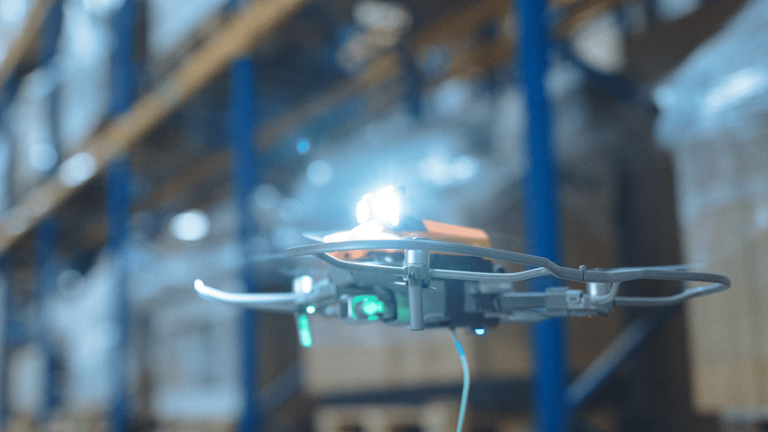Abstract
Since the first UPC barcode scanner in 1974, retail item identification barcodes have been based on the GS1 organization’s UPC/EAN one-dimensional (1D) barcode symbologies.
GS1’s “Sunrise 2027” plan introduces the alternative of using two-dimensional (2D) barcodes, including Data Matrix and QR codes. Sunrise 2027 provides a timing plan for dual use (2023–2027) and then the option to replace 1D barcodes with either of the 2D barcodes in 2027.
2D barcodes provide higher data capacity and the possibility to consolidate the current 1D item identification barcodes with the existing 2D codes that are used for consumer communication by some brands. The higher data capacity allows additional information to be added to the GTIN to improve traceability, including dynamic data such as dates, batch codes, serial numbers, etc. Hyperlinks can be added to access even more sources of item information.
This change will affect many stakeholders and suppliers, but the different forms of fixed and mobile devices used for scanning at the point of sale will be particularly affected. These will need to be updated or replaced to scan the new barcodes and parse the additional data.
The UPC Barcode Scanner
The iconic 1D Universal Product Code, or UPC barcode, was introduced and first scanned in 1974 to provide an automatic price look-up for consumer goods in US retail stores. The barcode has since evolved into a family of GS1 barcodes, which are used in retail shops and the retail supply chain for identifying items, cases, and pallets. The UPC code, and its international European Article Number (EAN) version, are printed on the packaging of almost every consumer product. The technology for UPC barcode scanners has moved on in leaps and bounds since 1974, but the key features of UPC and EAN barcodes have not changed much since their introduction. These barcodes are 1D linear symbols that define an item by its Global Trade Item Number, or GTIN—a 12 or 13-digit number unique to the manufacturer and item. The GTIN numbers are used as a look-up in point-of-sale (POS) databases to access prices and other information. They are static numbers, unique to the item they define.

GS1 Sunrise 2027
The GS1 Sunrise 2027 initiative introduces 2-dimensional (2D) matrix barcodes for POS as an alternative to UPC/EAN. The two barcode symbologies selected are Data Matrix and QR code. These 2D grid-matrix barcode symbologies can store larger amounts of data in the same physical area, including variable “dynamic data” such as serial and batch numbers, dates, URLs, etc.
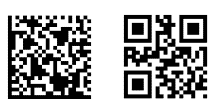
2D barcodes will be introduced in two phases. In the first phase of dual marking (2023–2027), these barcodes will be introduced in addition to the 1D barcodes. Progressively, we will see co-located UPC/EAN barcodes and one of the 2D barcodes (Data Matrix or QR code) appear on item packaging. Then, by the end of 2027, there will be either 1D or 2D barcodes on the item pack.
GS1 Sunrise 2027
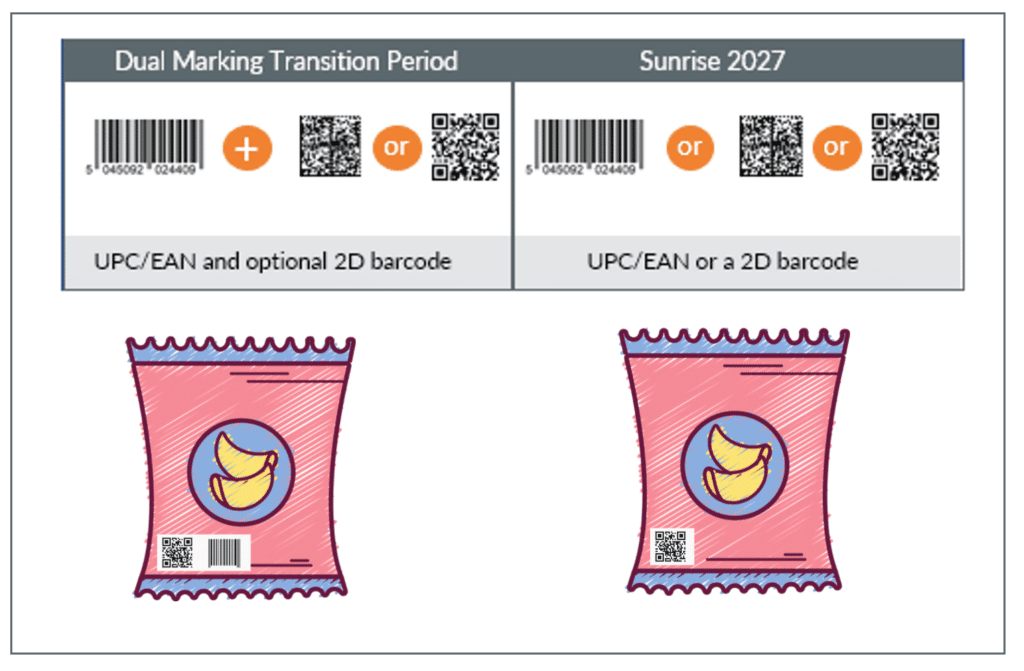
Why 2D Barcodes?
2D barcodes can store more data than 1D barcodes in the same size area, providing the possibility to add extra information like batch numbers and sell-by dates. This “dynamic data” will improve inventory, returns, and recall processes. 2D barcodes can also encode hyperlinks for consumer interactions and bring together the consumer marketing and store needs for on-pack barcodes. Additionally, 2D barcodes have error correction built in to prevent scanning issues brought on by damage or reflections that hide portions of the code. This will simplify scanning for customers, store employees, and automated or robotic solutions, including self-scanning.
Impact on Retail UPC Barcode Scanning
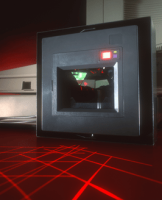
The technology used to read 1D and 2D barcodes is not necessarily the same. Many of the scanners used at retail point of sale, especially in supermarkets, scan across the lines of 1D barcodes using several laser lines. These can only read 1D barcodes. To scan 2D barcodes, a camera-based 2D imaging system is required because the barcodes must be decoded in two dimensions.
Some laser scanners have already been upgraded to read 2D barcodes by adding a camera. This was necessary due to the growing popularity of QR barcodes for pack promotions and loyalty cards. However, these cameras may not provide the scanning speeds required for item scanning as they were designed only for infrequent, loyalty-card scanning use cases. As a result, barcode scanning and point-of-sale systems will need to undergo major improvements in order to comply with the Sunrise 2027 plan.
Timing and Actions
Sunrise 2027 is a phased initiative with the roll-out shown below:

The actions that different parties need to take before the end of 2027 include the following:
Consumer Product Companies:
CPGs must prepare for dual marking using 2D barcodes on packs. They should consider the potential to combine promotional codes with GS1 GTIN codes that can embed URLs (GS1 Digital Link). Additionally, businesses should develop systems to use the additional dynamic data to enhance their supply chains and customer service standards.
Retail Stores:
Store chains should audit their current hardware, software and systems to determine the updates necessary for 2D barcodes and dynamic data. A plan for updating or replacing should include the following:
• POS equipment, Fixed or Mobile. All UPC barcode scanner;
• POS back-end systems: to store and leverage additional data to manage inventory, sell-by dates, recalls, etc.;
• Price checking equipment;
• Dedicated self-scanning equipment;
• Handheld computers or devices used for in-store picking, shelf-management, checking BOPIS items, line (queue) busting and clientelling.
App Developers:
Since many will utilize scanning software that has been modified to read 2D barcodes, scanning and self-scanning apps are already well positioned to adapt to this transition. It may be necessary to amend the barcode scanning library’s (SDK) current license to grant access to the necessary 2D barcodes. According to the store’s specifications, the app itself will need to be updated in order to use and transmit the dynamic data.
OEMs of UPC Barcode Scanners and POS Equipment:
OEMs of retail laser barcode scanners will need to develop new camera-based scanners. In order to meet the performance levels required for intensive scanning in grocery retail, they should use the most recent barcode software decoders, camera sensors, and processors.
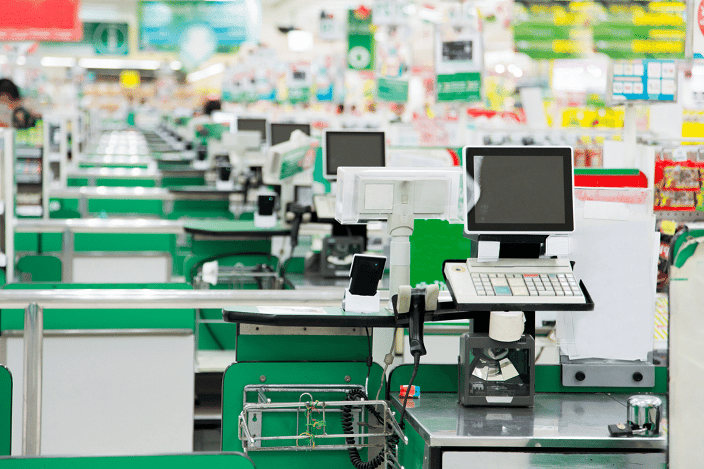
Self-checkout solutions:
Kiosks, smart carts, and smart baskets will also need to be updated to scan 2D barcodes and parse the data. The scanning technology may need to be changed to be camera-based. Existing barcode scanning software may need to be upgraded to scan 2D barcodes, and the software will need to be able to parse, store, and transmit dynamic data. These systems should also make use of embedded URLs that link to consumer information.
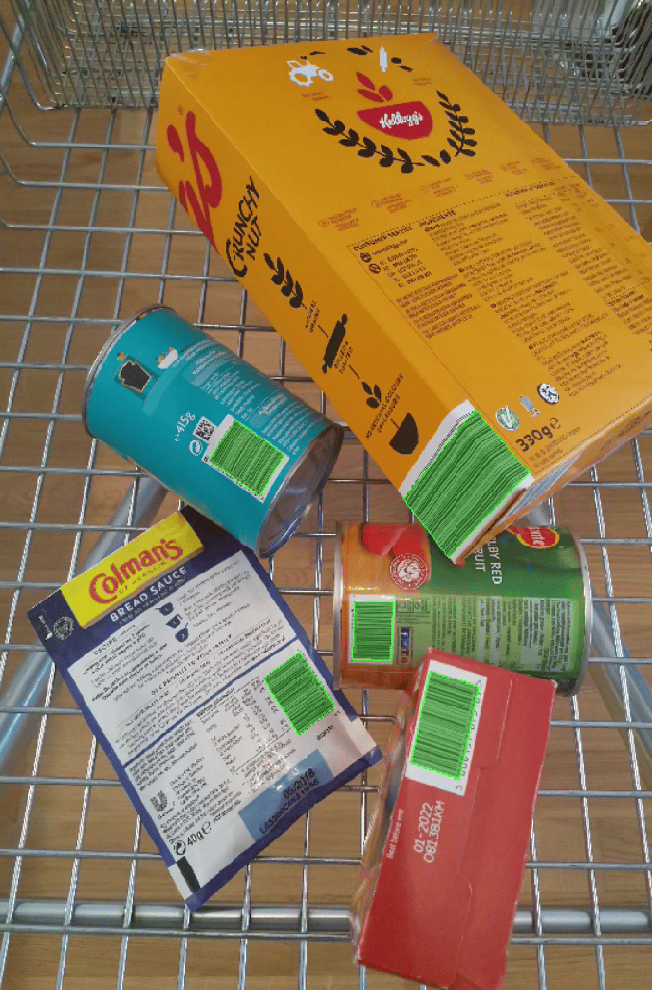
OEMs of Robotics and other devices
It is unclear what will be required beyond POS applications and consumer item pack marking in retail. Other uses, such as shelf-edge labeling, may also move to 2D barcodes. Depending on the preferences of each retail chain, shelf-edge labels and electronic shelf-edge labels (ESLs) today mostly employ EAN/UPC or other 1D barcode symbologies (MSI, ITF, Code 128 etc.). Several retail chains already use 2D QR codes for this purpose.
Although shelf-edge labels are not covered by the GS1 Sunrise 2027 project, the same benefits that are driving the GS1 standard could give motivation to migrate to 2D in this application. OEMs who produce inventory scanners using robotics and drones would then need to update their scanning software to, at the very least, read QR codes and Data Matrix. Forms of Data Matrix known as Rectangular Extensions (DMRE) are now part of the Data Matrix standard. DMRE Data Matrix barcodes produced in a low-height, rectangular style could be a good fit to replace 1D barcodes on shelf-edge labels.

Summary
Pack designs, retail hardware, and back-office processes will all need to change significantly in order to support the GS1 Sunrise 2027 project. To make the most of 2D barcodes and the data they can hold, consumer goods companies will need to revamp their packaging in order to improve supply chain management and consumer engagement. OEM equipment producers should redesign their UPC barcode scanner products so they can scan 1D and 2D codes and parse the additional dynamic data into the POS software system as well. Last but not least, retailers must ensure that their hardware and software solutions, especially at the point of sale (POS), are prepared for the dual-marking era (2023–2027) and the eventual arrival of products marked only with 2D codes at the end of 2027.


